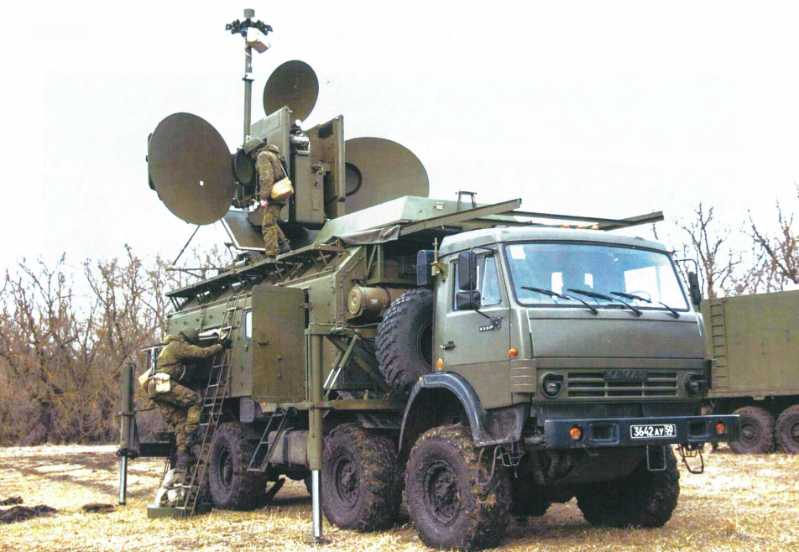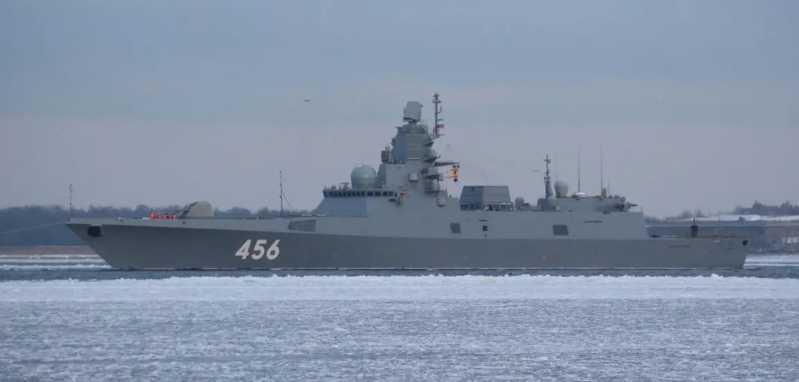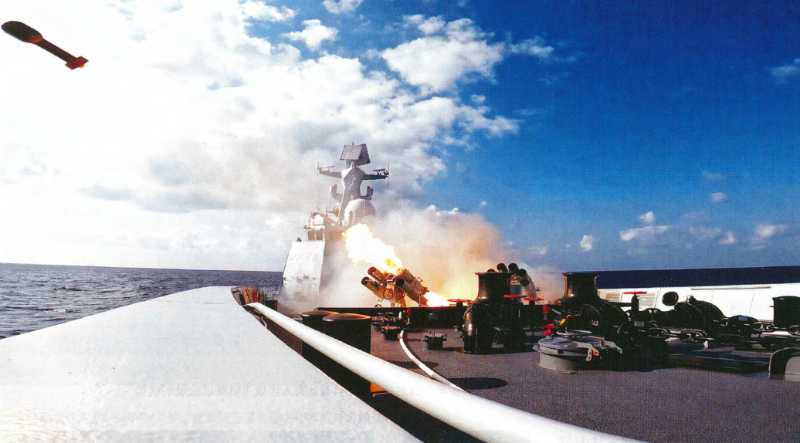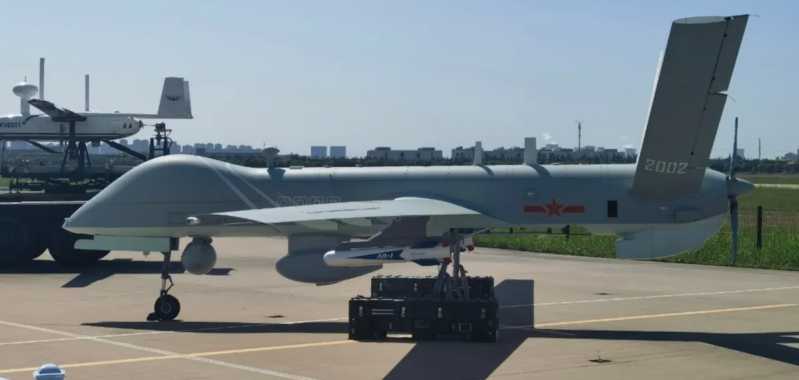Preface
Anti-aircraft missiles are one of the important members of the modern missile family. They are a kind of cruise tactical missiles launched by ground vehicles, surface ships and other platforms to attack incoming enemy aircraft, helicopters, high-altitude balloons and missiles and other air targets.
Modern anti-aircraft missiles originated from Nazi Germany during World War II. At the end of World War II, in order to deal with the incoming US and British bomber groups, Nazi Germany not only studied the two offensive missile weapons V1 and V2, but also carried out research on anti-aircraft missiles. The main results include models such as "Gentian", "Rhine Daughter", "Butterfly" and "Waterfall". Although these missiles ultimately failed to save Nazi Germany from defeat, their development experience, missile samples and related technical data were divided up by the occupying countries such as the United States, the Soviet Union and Britain. On this basis, the first generation of practical anti-aircraft missile systems in various countries were developed one after another, and anti-aircraft missiles have since entered the historical stage.
On October 7, 1959, under the command of the battalion commander Yue Zhenhua, the Chinese surface-to-air missile unit (the 2nd surface-to-air missile battalion of the People’s Liberation Army Air Force) used imported Soviet-made SA-2 surface-to-air missiles to shoot down the invading US-made RB-57D reconnaissance aircraft of the Taiwan Air Force in Beijing, setting a precedent for the actual combat of air defense missiles.
Since then, in the battlefields of the Middle East and Vietnam, air defense missiles have shot down countless invading enemy aircraft, with outstanding achievements, and have become an indispensable weapon and equipment in modern warfare.
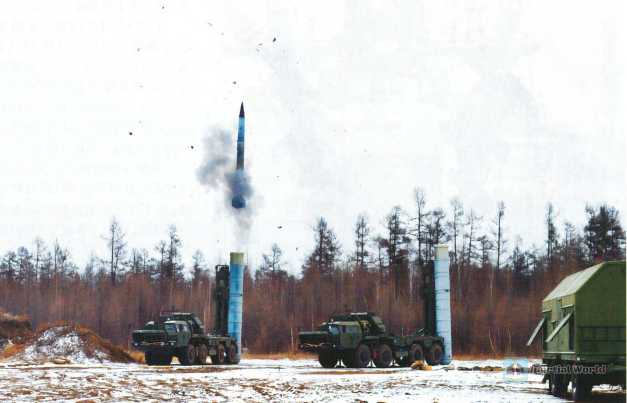
However, in these decades of service, air defense missiles have repeatedly been distracted from their duties and have done miscellaneous tasks other than air defense missions
.
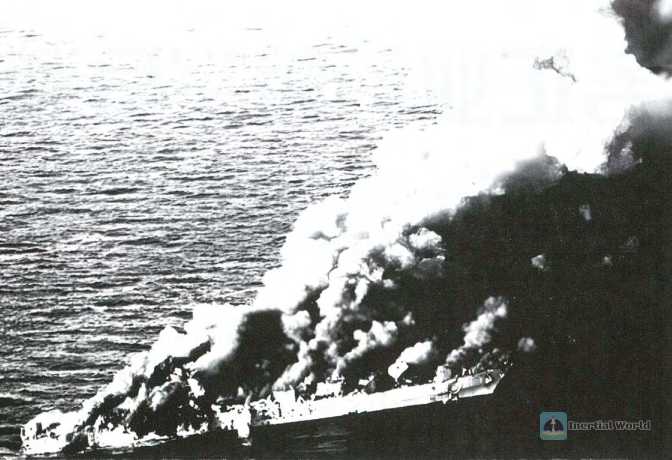
Air defense missiles part-time anti-ship missiles
To talk about the unprofessionalism of air defense missiles, we should start with the guest role of anti-ship missiles. The United States is the most enthusiastic about using air defense missiles to attack surface ship targets.
In June 2022, the U.S. Navy used the Standard-6 ship-to-air missile to sink a retired Perry-class frigate as a target ship during the "Brave Shield 2022" exercise held in Palau, once again verifying the ability of this type of air defense missile to strike surface
ships. However, this is not the first time that the U.S. Navy has used ship-borne air defense missiles for anti-ship operations
. In the 1980s, when the Iran-Iraq War was in full swing, the two sides launched a sea attack on ships.
In 1988, a US Navy warship was damaged by a mine laid by Iran. The United States seized the opportunity and sent a fleet into the Persian Gulf to carry out a military operation code-named "Praying Mantis" to conduct de facto intervention operations, and then had a small-scale maritime conflict with Iran.
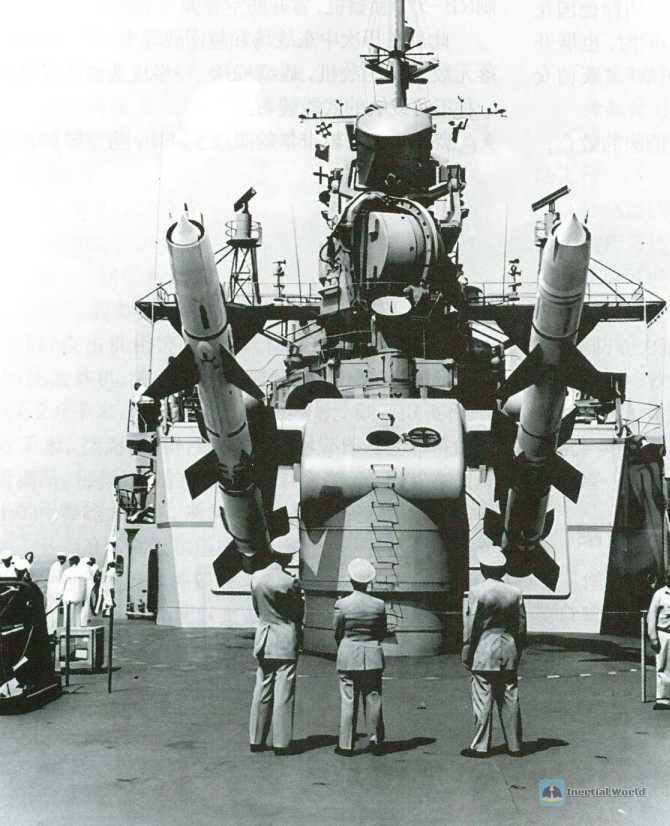
On April 18, 1988, the US Navy’s Wainwright missile cruiser (USSWainwright CG-28) and the Perry-class missile frigate Simpson (USSSimpson FFG-56) attacked Iran’s offshore oil platform and encountered the Iranian Navy’s Kaman-class missile boat Johnson.
The Iranian missile boat opened fire first, launching the US-made "Harpoon" anti-ship missile on board, but was interfered by the US ship and lost its target and crashed. The Simpson then immediately launched a counterattack against the Iranian missile boat, but it fired a SM-1MR standard ship-to-air missile, which accurately hit the Iranian missile boat. The two US ships then fired multiple standard-1 ship-to-air missiles in succession until the Iranian missile boat was completely damaged.
This is the first and only actual combat example in the history of human naval warfare in which air defense missiles were used for anti-ship operations (it is worth mentioning that during this period, Iran and the United States each launched "Harpoon" anti-ship missiles, but both failed to hit the target).
In fact, the use of (long-range) air defense missiles for anti-ship operations was originally an American idea.
As early as the 1950s, when the United States developed the first generation of heavy long-range air defense missiles RIM-8 "Brass Knight", it fully considered the requirements of anti-ship operations.
In 1968, the US Navy successfully conducted an anti-ship test in the waters near California using the first generation of long-range ship-borne air defense system RIM-8 "Brass Knight" missiles. In this test, the missile almost blew through the middle of the target ship’s hull, and eventually caused the target ship to sink due to the hull fracture. This test proved the technical feasibility of air defense missiles in performing anti-ship strike missions.
In addition, due to the widespread use of radar beam guidance and huge warheads, although not field tested one by one, the US "Beagle" and the UK’s "Sea Cucumber" and "Sea Dart" and other models of missiles served at the same time as the RIM-8 "Brass Knight". These early classic models of heavy ship-to-air missiles can theoretically play a guest role as anti-ship missiles and perform anti-ship missions.
In fact, not only the United States uses air defense missiles to attack surface ships, but China and Russia have also conducted similar tests many times.
According to the Russian "Izvestia" website on December 7, 2021: The "Gold-coated Rubber-Bastion" air defense missile system installed on the Russian Navy’s 22350 "Gorshkov Navy Marshal" class missile frigate can simultaneously strike air and sea targets. The Russian Navy has used this missile to destroy the ships of the imaginary enemy in a series of tests that have been completed.
Before that, the People’s Liberation Army Daily published in early March 2016 had reported in detail the Chinese Navy’s successful test of anti-ship air defense missiles. According to reports, in 2015, a domestically produced 051C missile destroyer of the Chinese Navy’s North Sea Fleet used the Russian-made S-300FM air defense missile system on board to launch a 48N6E long-range air defense missile with a warhead weighing 150 kilograms and a range of up to 150 kilometers. In the end, the missile successfully hit the target ship in the predetermined area, achieving the first breakthrough in using this type of missile to strike surface targets, proving that this type of air defense missile also has anti-ship capabilities.
It should be noted that, unlike the United States, China and Russia have developed and equipped a variety of anti-ship missiles with a full range of categories and long-range compatibility. Therefore, the test of using long-range air defense missiles to strike surface targets by China and Russia is actually more of a demonstration of capabilities rather than actual combat needs.

After all, most modern ship-borne long-range air defense missiles use directional fragmentation or continuous rod warheads. This type of warhead is effective if used to attack high-speed flying targets, but it is limited if used to attack surface ships with good anti-sinking performance. Moreover, modern air defense missiles are extremely expensive, and it is necessary to use multiple air defense missiles continuously to attack surface ships, which is too expensive.
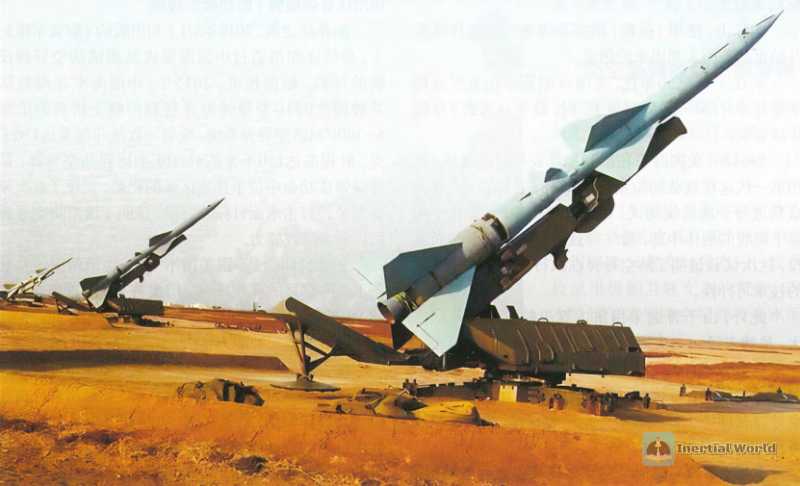
Therefore, I personally think that the US Navy’s emphasis on requiring long-range ship-to-air missiles to have anti-ship capabilities is somewhat nonsense and tasteless. Maybe it’s because the U.S. Navy is rich, but it’s more likely that the U.S. Navy has no choice but to make a choice when anti-ship missiles are "discontinued"?!
Air defense missiles switch to surface-to-surface missiles
At sea, ship-to-air missiles are busy attacking warships; on land, surface-to-air missiles attacking ground targets don’t seem to be idle either!
This time it’s the United States that started it!
During the Vietnam War, the RIM-8 "Brass Knight" shipborne long-range air defense system equipped on the Long Beach nuclear-powered cruiser shot down at least 3 MiG-21s, and there are reports that it also successfully destroyed a Vietnamese front-line position.
Here we should talk about the RGM-8H anti-radiation Brass Knight, which is a dedicated anti-radiation missile, mainly designed to attack radar targets deployed near coastal ports. After the successful test in 1965, RGM-8H was deployed in Southeast Asia, where it was mainly used to attack Vietnam’s SAM guided radar positions.
You read that right, the Brass Knight air defense missile is so capable, it can not only defend against air, but also against ships, and finally even attack land.

In fact, the early models of air defense missiles converted to ground-to-ground missiles are not rare cases, and are much more common than air defense missiles converted to anti-ship missiles.
As early as the 1980s, when the Iran-Iraq War was in full swing, the two countries launched a missile attack on cities. However, due to sanctions imposed by both the United States and the Soviet Union on Iran at the same time, the stock of ballistic missiles was quickly exhausted. In this situation, Iranian military personnel took a different approach and modified the previously imported Chinese Hongqi-2 surface-to-air missile, changing the guidance method of the seeker and changing the flight path to a traditional parabolic trajectory through command correction, thus changing this typical surface-to-air missile into a surface-to-surface missile for emergency use. The result was good.
Later, according to Iran’s needs, Chinese military researchers specially enhanced the body strength of the Hongqi-2 and increased the charge of the warhead. Soon, the first batch of modified ground-attack Hongqi missiles were delivered to Iran for trial use. Although the maximum range and warhead power of this batch of modified Hongqi missiles were not as good as those of the "Scud" missiles that participated in the war at the same time, their strike accuracy was more accurate, and they were cheap and in sufficient stock. After actual combat testing, Iran was very satisfied and finally ordered 200 missiles in 1986 (the war was over when they were delivered and they could not be put into actual combat).
This ground-to-ground missile modified from Hongqi 2 was very popular in the 1980s and 1990s. In the late 1990s, it was officially awarded the export code of M7 (also known as B-610 or 8610). Its maximum range exceeded 200 kilometers, and its warhead used an astonishing 500 kilograms of high explosives.
Unfortunately, because China’s military technology has made rapid progress, the types of ground-attack ammunition that can be exported have become more and more abundant, and the performance has become more and more advanced. The market for this half-way M7 missile was ultimately not opened.
At the 2008 Zhuhai Air Show, China’s military industry unveiled a short-range ballistic missile called B611M, which is the ultimate version of the Hongqi 2 modified ballistic missile series, marking the end of the development of this model.
It is worth mentioning that although China has long stopped developing the modified Hongqi-2 ballistic missile, Iran’s military industry is still continuing to improve it, and has developed several new models, which have spread to allies such as the Houthi armed forces in Yemen and continue to shine.
On December 16, 2023, the Houthi armed forces launched a "Persian Gulf"-2 anti-ship ballistic missile (Conqueror-110), which allegedly hit a "Mediterranean Palace 3" container ship.
If the news is true, this will be the first actual combat record of anti-ship ballistic missiles in human history. Although it hits merchant ships, it is still a typical anti-ship ballistic missile against a surface mobile target.
To talk about the international hot spots in recent years, the ongoing Russian-Ukrainian conflict is also counted. Despite the arms support from the United States and European countries, Ukraine’s arsenal is still beginning to be stretched, and Russia is gradually running out of equipment. Both sides have their eyes on the old inventory of weapons left over from the Soviet era.
According to various media reports, since July 2023, Ukraine has used S200 air defense missiles to attack Bryansk and Rostov Oblasts. In November and December 2023, Russia announced that it had intercepted S200 air defense missiles launched by Ukraine in the Sea of Azov several times. The latest news is that on the 8th of this month, the Russian Ministry of Defense intercepted a Ukrainian S-200 missile over Belgorod Oblast.

Although the various news are confusing and the truth is questionable, this can also be seen as another typical case of old air defense missiles in early service being used to attack ground targets.
As Ukraine’s serious shortage of precision ground strike weapons becomes increasingly serious, not only the early air defense missiles such as S200, but perhaps in the near future, we may also see Ukraine collect various strange missile models and transform them into ground missiles for use on the battlefield.
Although it cannot change the battlefield situation, it can put Russia in a dilemma of being exhausted. This may be the last glory of these early missiles.
It is worth mentioning that the early models of air defense missiles are generally large in size, long in range, and have heavy warheads and huge power. More importantly, since they have been retired or are approaching the end of their service life, there is basically no such thing as cost of use. It seems that it is undoubtedly a natural choice to convert it into a short-range ground-to-ground missile.
However, the actual situation is that China, the United States and Russia, the three countries with the ability and inventory, have a more complete ground strike weapon system, and the need for conversion is not urgent. Countries like Iran and Turkey that have demand have various deficiencies in their R&D and production capabilities. Moreover, ballistic missiles are a sensitive military equipment. Under the current international situation, there is no possibility of large-scale transactions.
Letting the stockpiled air defense missiles continue to rot in the warehouse may be a better choice for world peace...
Air defense missiles have become all-rounders
If the previous air defense missiles attacking warships and ground targets were considered a normal extension of air defense missiles, the following air defense missiles will be regarded as a continuation of their main business!
First of all, we should talk about the European ADATS (Air Defense Anti-Tank System), which is a short-range air defense and anti-tank dual-purpose missile system. It was jointly developed by the Swiss Oerlikon Company and the American Martin Marietta Company. The project was launched in 1979 and completed in 1984.
The Adats system claims to be able to achieve dual operations of air defense and anti-tank. It uses a multi-functional missile. The missile is 2.05 meters long, 15.2 centimeters in diameter, weighs 51 kilograms, and is equipped with a 12-kilogram solid-fuel rocket engine. The missile has a maximum speed of 3 Mach, a combat distance of 10 kilometers, and a flight altitude of 7 kilometers. The missile warhead is "shaped charge armor-piercing + fragmentation killing". The former is used for anti-armor operations with a maximum armor penetration depth of 900 mm, while the latter is mainly used for air defense operations.
The original idea of Adats was very beautiful, that is, to use a missile to directly meet the needs of air defense and anti-tank, which can greatly simplify operations and logistics.
However, ideals are full, and reality is very skinny.
The US Army found in the test that the Adats missile had poor reliability. After several years of delay, the project was finally cancelled. In addition, the Adats missile system is expensive, which is far less expensive than equipping a single missile with a single function. Canada purchased 36 systems and more than 900 missiles in 1986, initially expected to cost $650 million, and later increased to $1.1 billion, which was a big mistake.


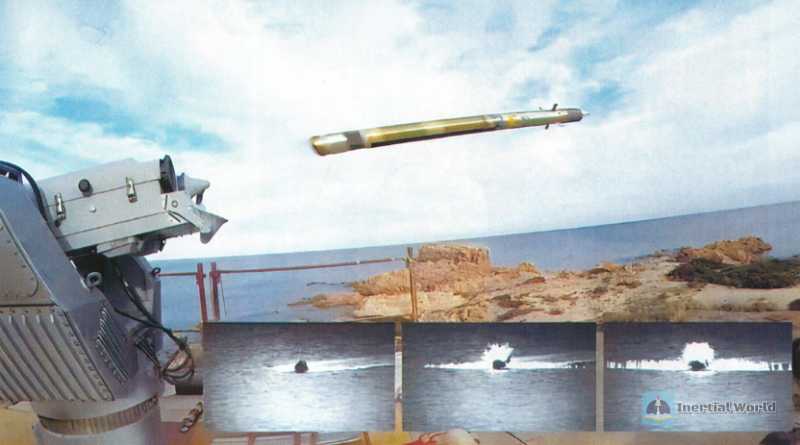
In the end, only Canada and Thailand purchased small batches of the system to equip their troops. The Adats system equipped by Canada was retired as early as March 2011, and there is no actual combat record.
However, decades later, the Europeans who do not believe in evil have come up with new tricks again.
In 2019, the Philippine Ministry of Defense awarded the French MBDA company a contract worth 10.6 million euros (about 12 million US dollars) to officially purchase ship-to-air missile systems, namely the SIMBAD-RC short-range defense system, for its two new "José Rizal Class" frigates.
The SIMBAD-RC short-range defense system was developed by MBDA (European Missile Group) and uses France’s mature "Mistral" 2 missile. It has very strong anti-interference capabilities and high hit accuracy. It is designed to provide basic air defense capabilities for warships. It is said that it can intercept anti-ship missiles, fighter jets, drones, helicopters, and even attack some small surface targets. Even ground moving targets can be hit, which can be called a "multi-faceted king"
In the publicity, MBDA even released a video of using SIMBAD-RC launch towers to launch missiles to attack fast-moving boats.
However, the Mistral missile has a diameter of 92.5 mm, a length of 1.8 meters, a weight of 19.4 kg, an effective range of 6,500 meters, a total weight of 3 kg of warhead, contains 1,550 tungsten pellets, and a killing radius of 3 meters.
However, with such a small range and such a small warhead power, it may be suitable for attacking low-flying fighters and helicopters. It is really worrying to use it to attack surface targets and ground targets.






